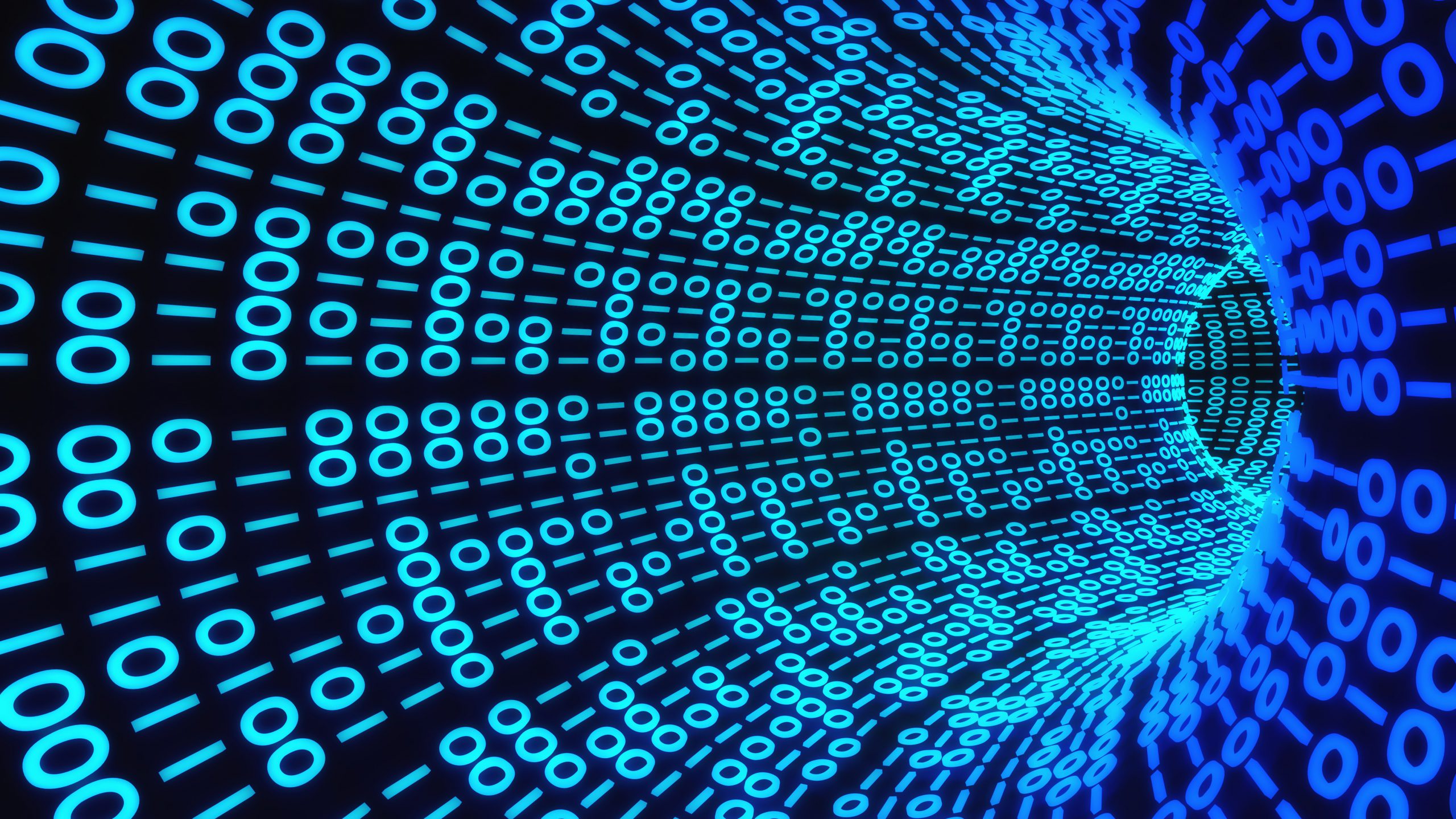Coding refers to the process of representing a number, letter, or word using a specific set of symbols. The computers understand user commands and transmit data over a network using binary language code. A binary code is based on a binary number system in which there are only two possible states: on and off. Usually, the states are represented by 0 and 1. If you want to check how binary codes are created, then take into account that there are many online binary translator tools available, using which you can convert any code string into binary code.
If you’re interested and want to learn all about binary codes, then read this article thoroughly as we are going to address the following aspects:
- What is Binary Code?
- How does Binary Code Work?
- How does ASCII Translate Binary?
What is Binary Code?
In digital electronics and mathematics, a binary number is defined as a number expressed in the binary system. In the binary code system, only two states (i.e., ‘on’ and ‘off’) translate the term binary code. Computers use this language to perform all tasks and commands which the user gives.
No electronic device can understand human commands without being converted into binary code. The data you write, save, and share on the computer is in the form of binary bits. Even the text you are reading at this moment is encoded in binary code. Your computer sees it as a string of binary code, whereas you see it as simple text.
Moreover, the binary code can include alphabets, numbers, and other special characters. It is important to note that the alphabet can be in any language, and the special characters can be any symbol or punctuation mark.
Example:
“Convert 4 into binary.”
Solution:
4 in binary is 00110100.
According to the decimal number system, the digits 0 to 9 represent four. And in most computers and computer-based devices, the binary system is wired directly into electronic circuits using logic gates – they use bits, each of which represents a digit.
Nowadays, many online Binary Translator tools are also available. You will be able to use such outstanding tools to understand the format of alphabets, numbers, and other special characters.
This is the point where we would like to discuss how binary codes work. So, let’s get to the details and make it easier for you to understand the importance of binary coding.
Binary Codes: How They Work?
Binary numbers represent on and off as 1 and 0. 1s and 0s are represented physically by the off and on positions of a computer. In the case of an on the switch, electricity flows through it. In an off state, a switch is 0, and no current passes through it.
The decimal number between 0 and 255 can be represented by adding individual values where there is a bit of one. The system can be expanded to represent more significant numbers by adding more bits.
In 16-bit operating systems, the most significant number that the processor could calculate was 65,535. With 32-bit operating systems, it is possible to create unique decimal numbers exceeding 2,147,483,647. With modern computers featuring 64-bit architecture, large decimal numbers are possible, up to 9,223,372,036,854,775,807.
Now, let’s go ahead to discuss how and why we can translate binary codes.
How Do ASCII Translate Binary?
The ASCII character set is universally accepted and understood for essential data communication. This technology allows developers to design user interfaces that are both human- and computer-friendly. A string of ASCII characters is encoded in an ASCII code, which can be interpreted and displayed by people and computers as readable plain text.
Undoubtedly, ASCII is one of the most widely used character sets in programming. Its design simplifies a multitude of tasks for programmers. Using ASCII character codes, they can easily convert your text between uppercase and lowercase by changing a single bit.
Moreover, the developers can verify the ASCII code’s value in a data stream, string, or file by checking the most significant bit. The most significant bit of a primary ASCII character is always 0; otherwise, the character is not ASCII-encoded.
A binary value can be assigned to the capital letter “a“:
0110 0001
A binary value can be assigned to the capital letter “A“:
0100 0001
Conclusion
Binary codes are only understandable by high-level computing machines (computers). At the same time, the ASCII encrypts the commands in this format. You need to follow the ASCII commands lists to learn the binary language code. Anyhow, if you don’t know how to do it manually, you can simply use a binary translator.



